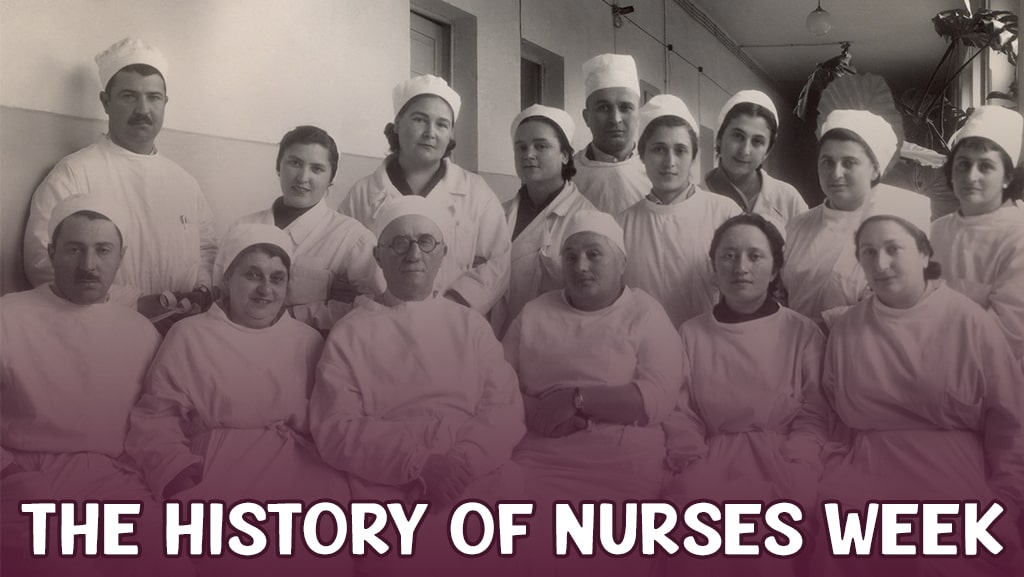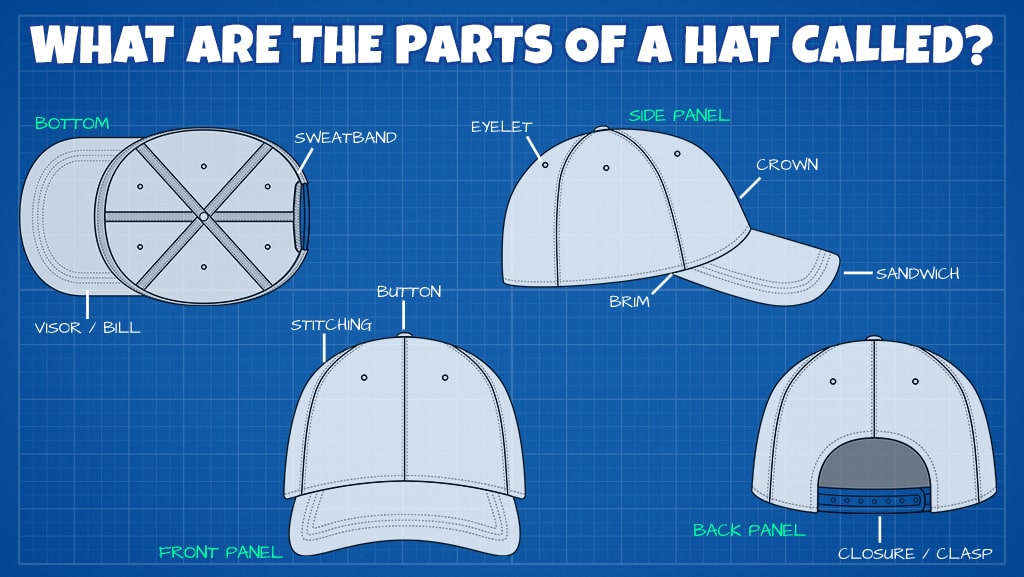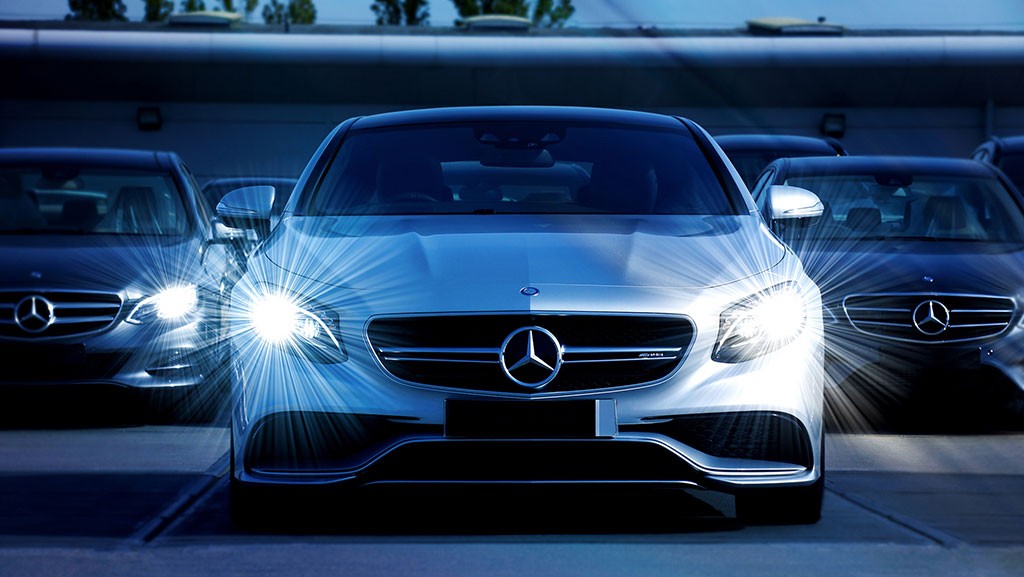
Story of a Brand: Mercedes
This week's story of a brand is dedicated to perhaps the only other company that could rival BMW's popularity and cultural significance. Number #41 on the Forbes list of most powerful brands, the Mercedes brand boasts an impressive $88.2 billion in sales. With a unique history of quality and luxury vehicles, Mercedes-Benz is among the most significant contributors to the impeccable reputation German cars enjoy today. Let's have a look at how it all began.
Two Engineers, One Invention
The Mercedes brand first appeared in 1926 under the Daimler-Benz name, but the company's story goes back to the end of the 19th century and the work of two inventors. Karl Benz (not without the financial support of his wife Bertha Benz) and Gottlieb Daimler both invented internal-combustion cars running on petrol. Still, they were both unaware of each other's existence. Karl Benz was the one who ultimately got the patent, but they both started manufacturing their brands. Gottlieb Daimler established the Daimler Motoren Gesellschaft, producing the first Mercedes in 1902. Karl Benz's company, Benz & Cie., made the name Benz Patent Motorwagen. After Germany's defeat in World War I, the two competing companies merged to form the Daimler-Benz company, which began manufacturing the Mercedes-Benz brand.
But what about the Mercedes part? That's a very endearing story that has to do with Austrian businessman Emil Jellinek, a partner at Daimler's company. Mercedes was his daughter's name, a frequently used Spanish name that means grace. Jellinek got interested in the automotive industry early on and used his connections to improve speed and performance. He even began enrolling the newly produced cars in races where he would drive them under the Mercedes pseudonym. Thus, when the first Mercedes car came into existence in 1902, the name was already popular among car enthusiasts. One year later, Emil Jellinek officially changed his family name to Jellinek-Mercedes. He is quoted as saying this is probably the first time a father has taken his daughter's name.
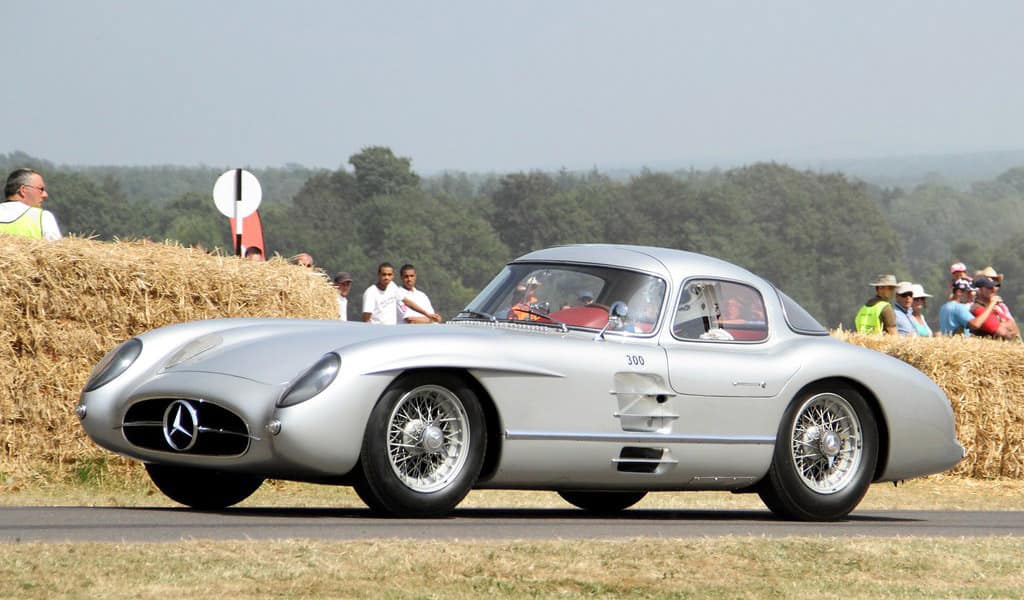
The Logo
The story of how Mercedes' logo came to be is no less interesting than that of the brand. Much like the two inventors who came up with one invention simultaneously, the two subsequent automotive companies filed for legal protection of their respective symbols in the summer of 1909. Benz & Cie. created a round logo with the Benz name, spelled in the middle, surrounded by a laurel wreath. On the other hand, the logo used by Daimler Motoren Gesellschaft was not enclosed in a circle. Still, it displayed a three-pointed star representing the three means of transportation: by sea, land, and air. The idea came from the two sons of the then-late Gottlieb Daimler. They remembered seeing a drawing of a star on a postcard, picturing their house. The card, addressed to Daimler's wife, promised that someday a star like this would shine over his factory as a symbol of prosperity.
Over the next few years, small changes came to the star-shaped logo, but the biggest one came after the merger in 1926. The new logo essentially combined the major features of the two previous ones. It now displayed the Mercedes-Benz words, which encircled the star with the laurel wreath. The color was blue, whereas the now typical silver came about after Mercedes participated in the 1934 Grand Prix. The day before the race, the W 25 model turned out to be one kilogram above the 750 kg limit, forcing them to sand the paint, reducing the car to its original silver color. Or so the story goes.
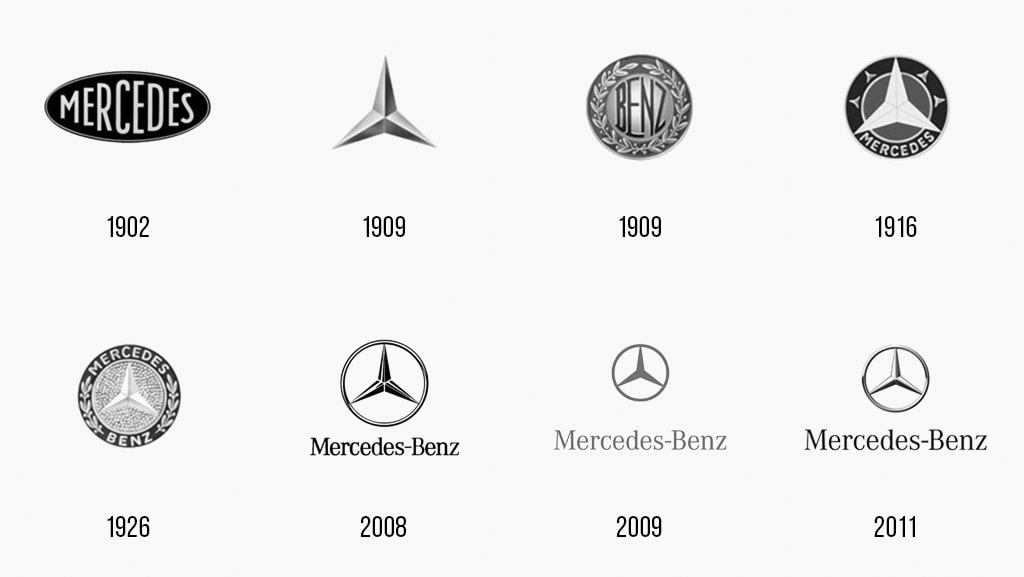
Modern Success
Mercedes has remained a staple in the car industry, thanks to their high-quality cars and technological innovation. For instance, did you know the first cars to have crumple zones, anti-lock brakes, and traction control systems were all from Mercedes-Benz? The company was also the first to offer a car with front airbags in North America in 1988.
As it stands now, Mercedes-Benz focuses on cars and vans, while their newest subsidiary, Daimler Truck AG, produces heavy trucks and buses. The company also owns and produces the Maybach line of luxury vehicles.
If you are a Mercedes-Benz fan, dealer, or part of a club for owners, check out our USB flash drives for the automotive industry and custom automotive products that can be customized with your logo or favorite design.






